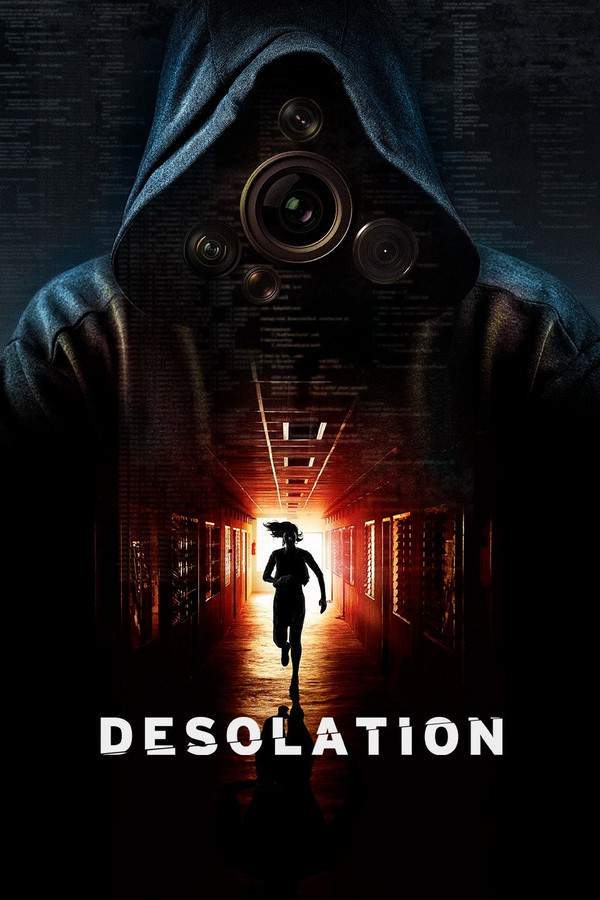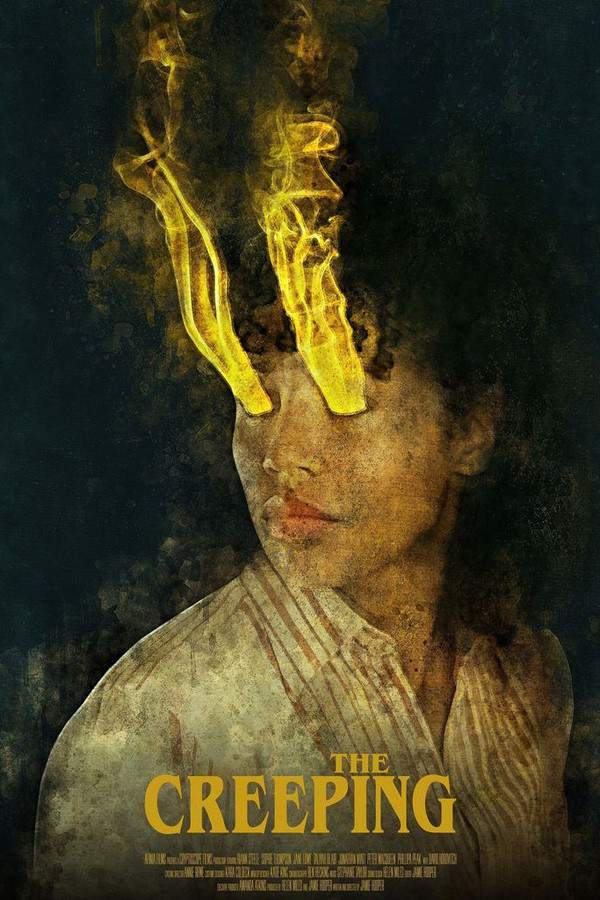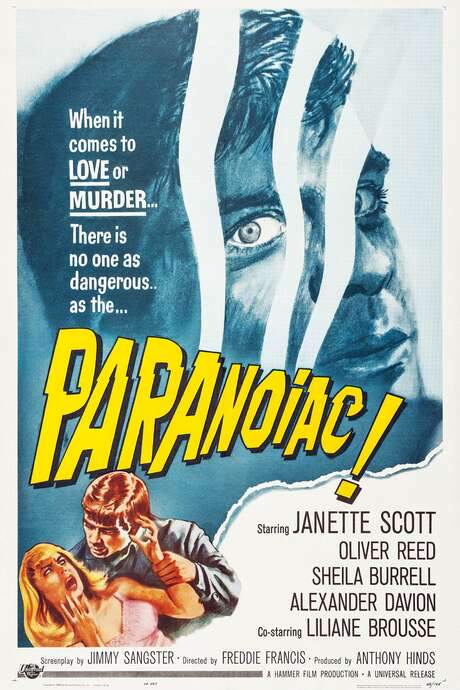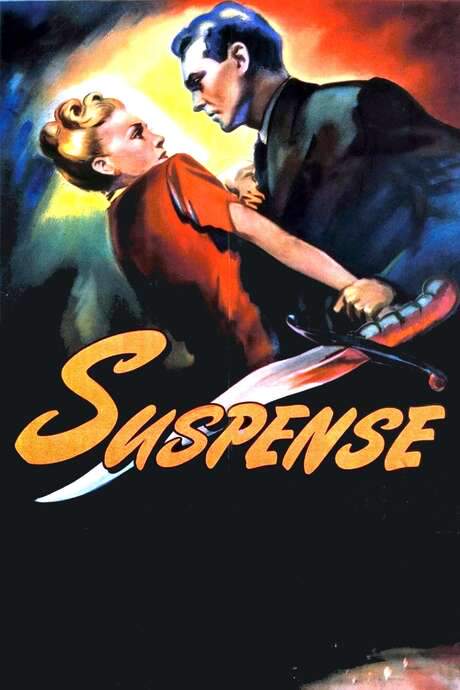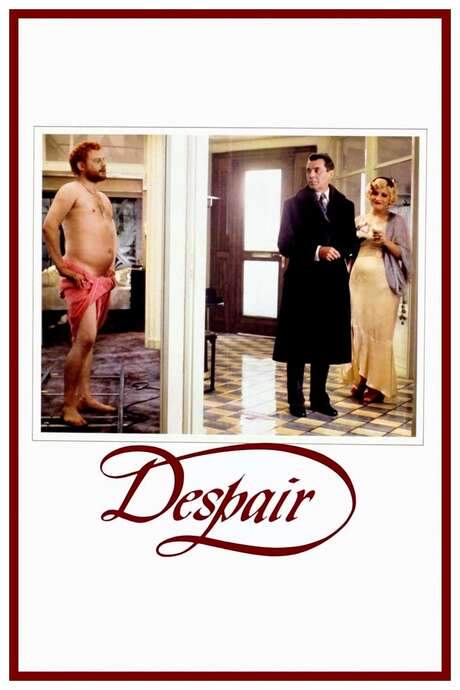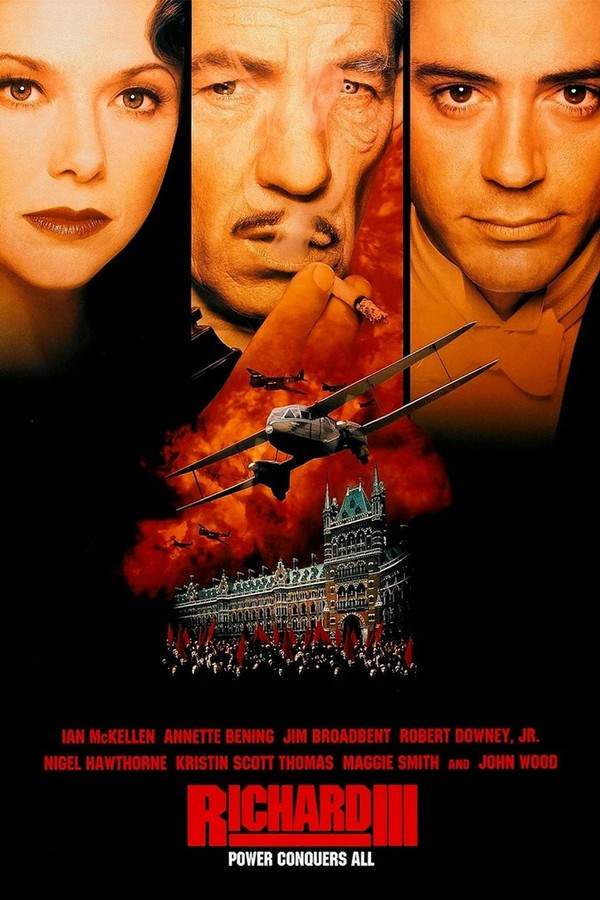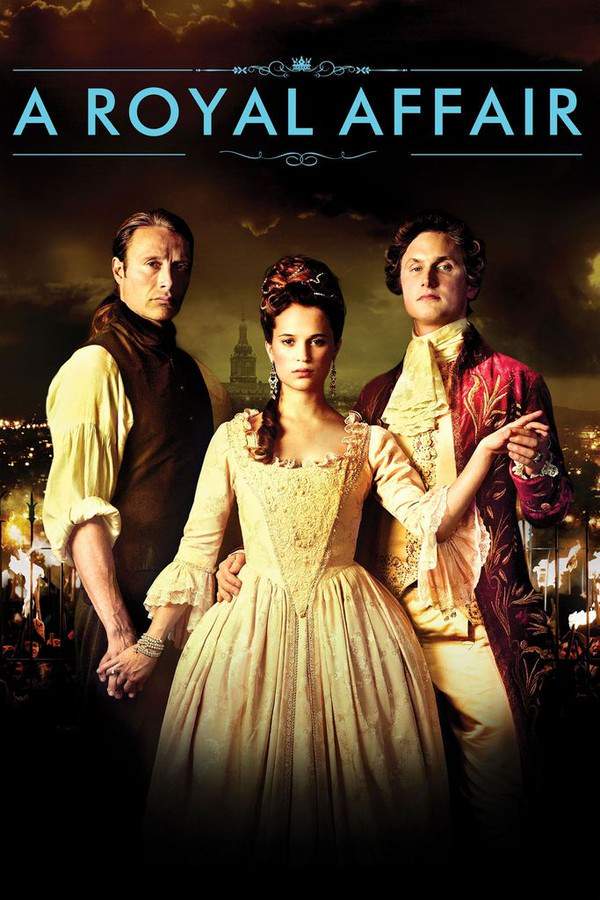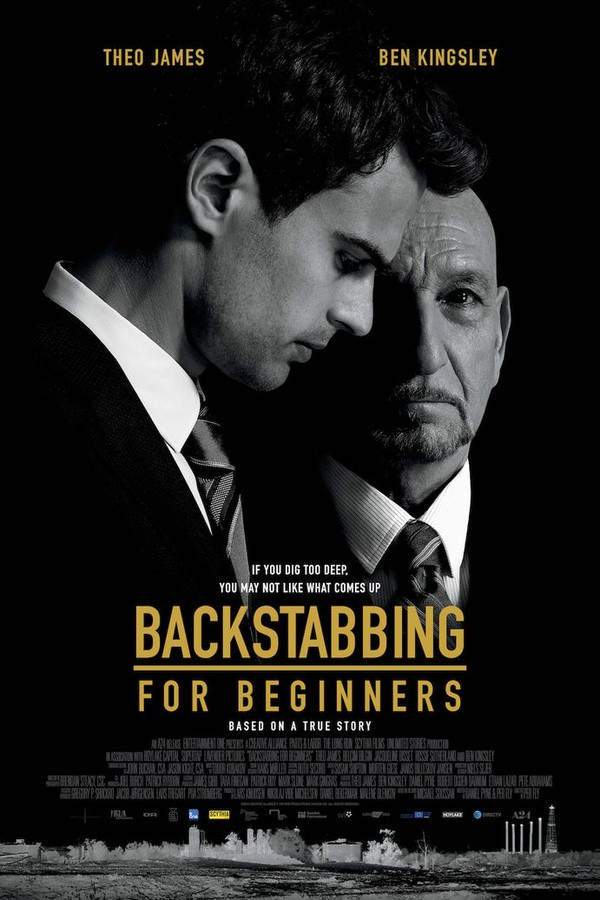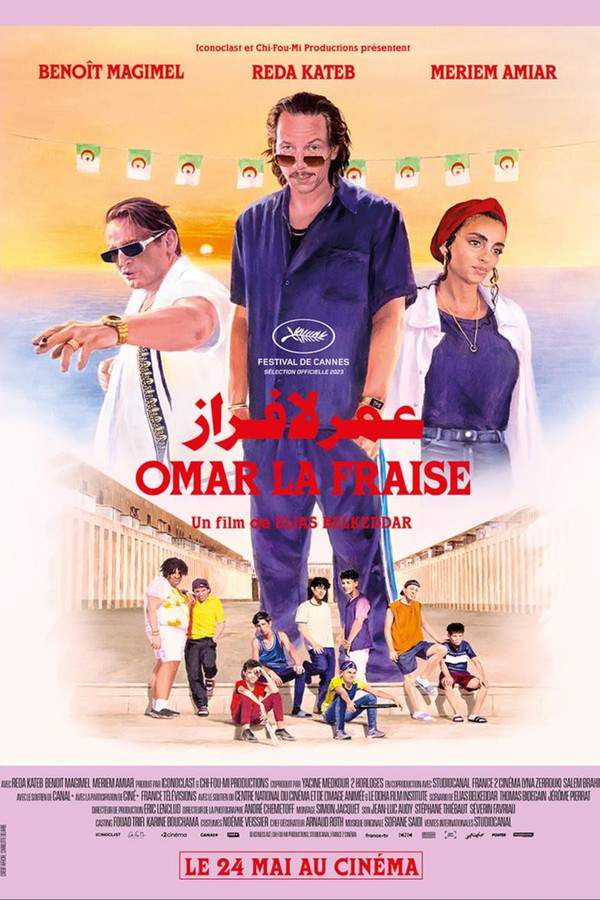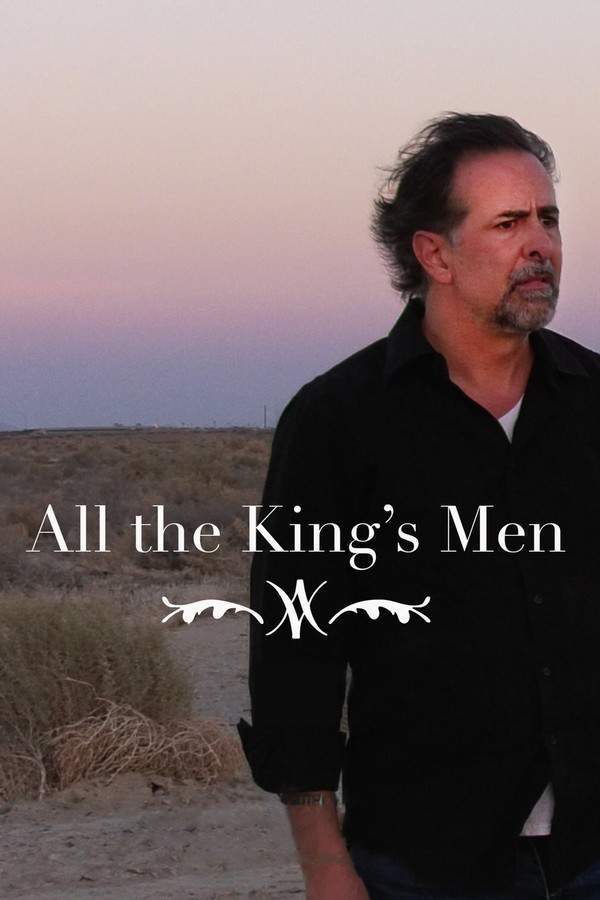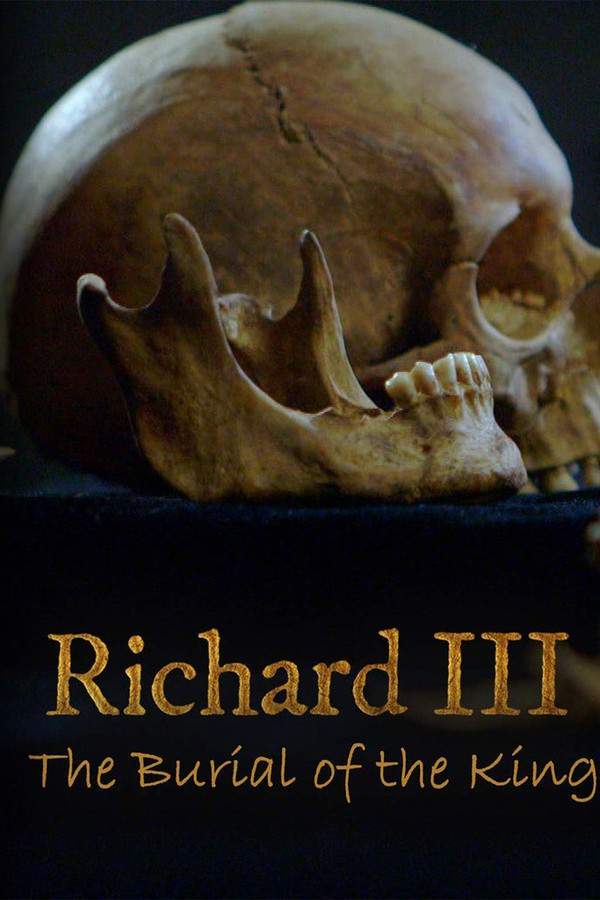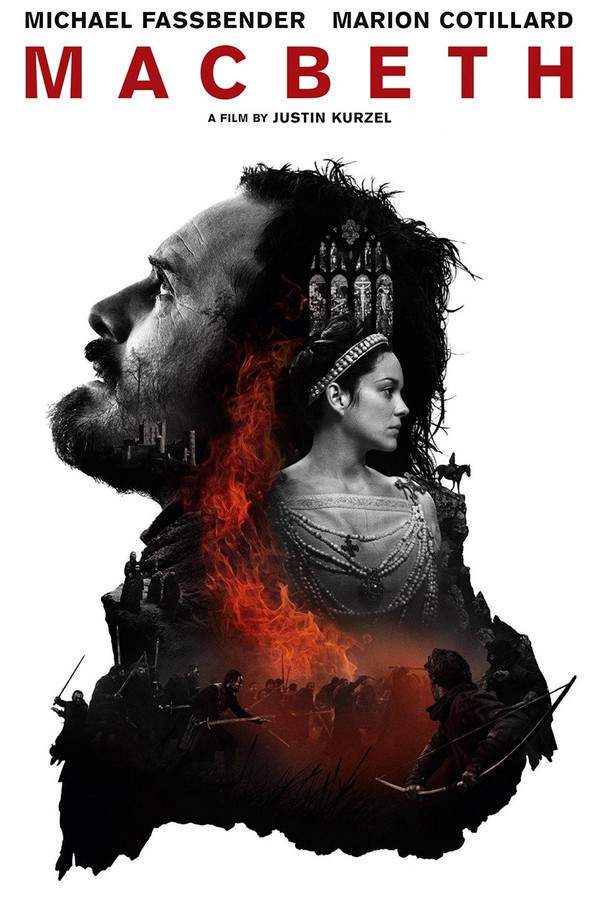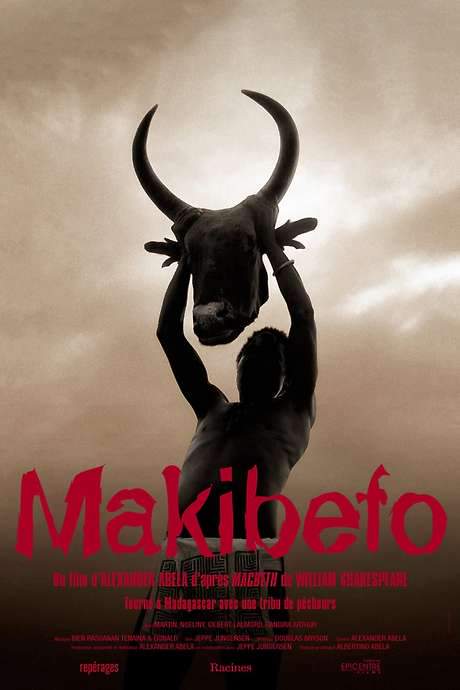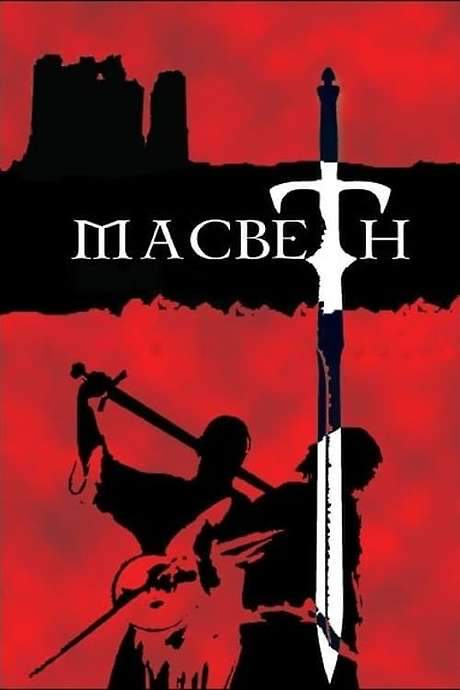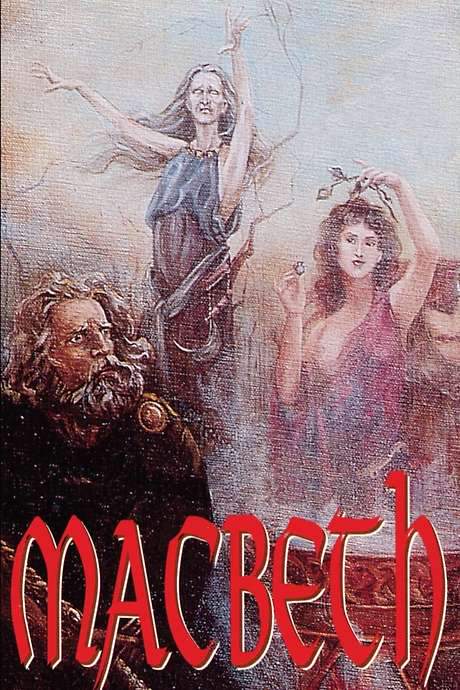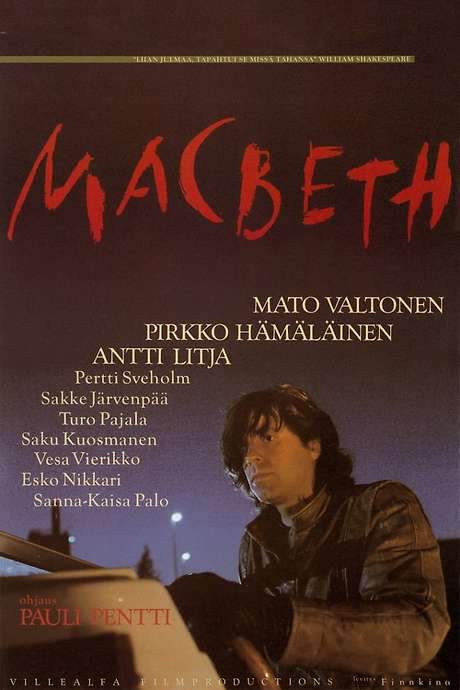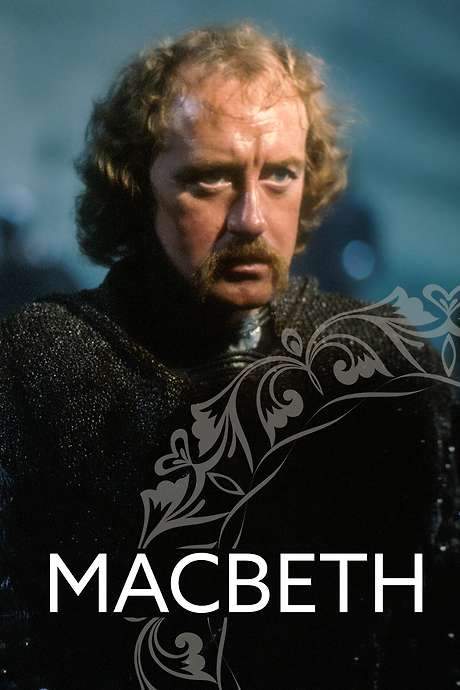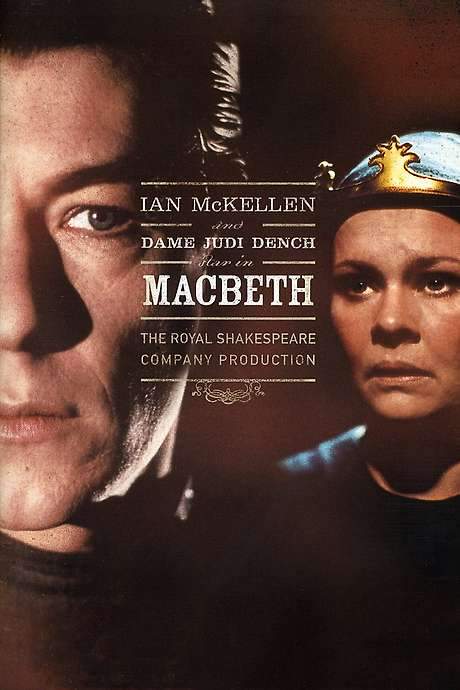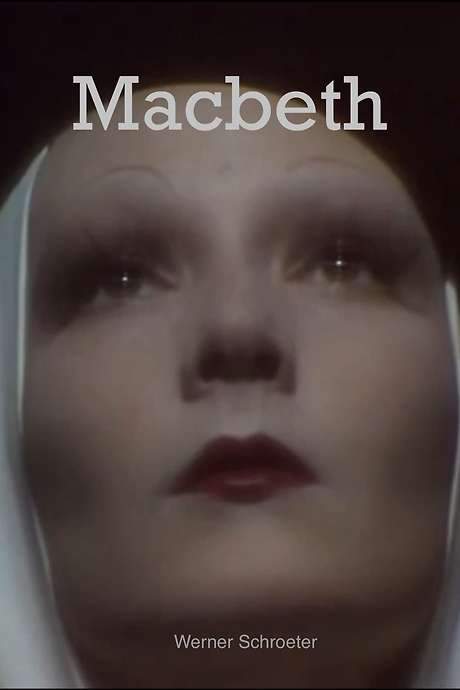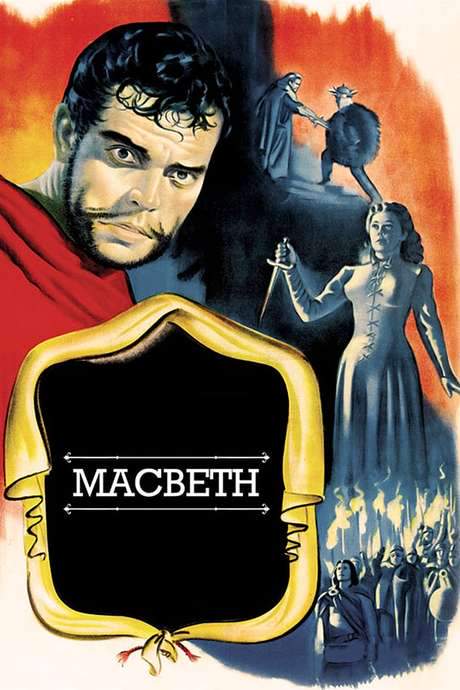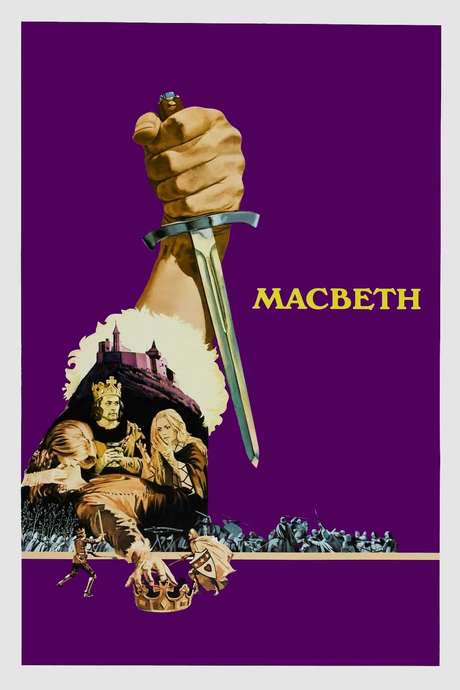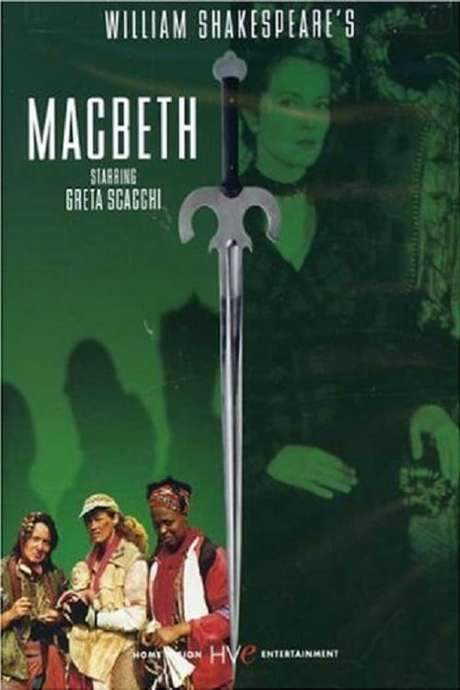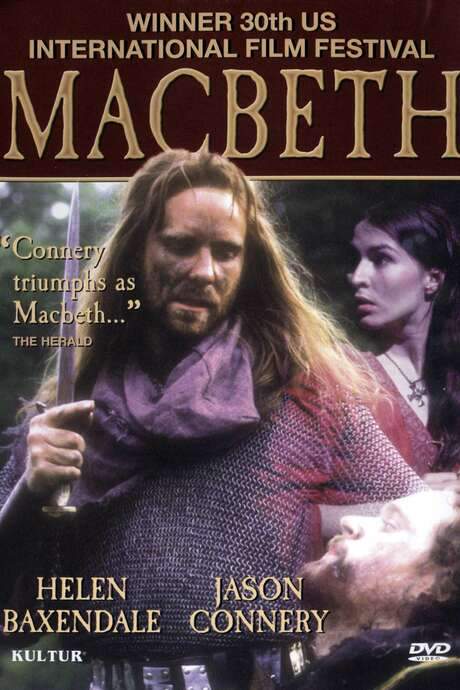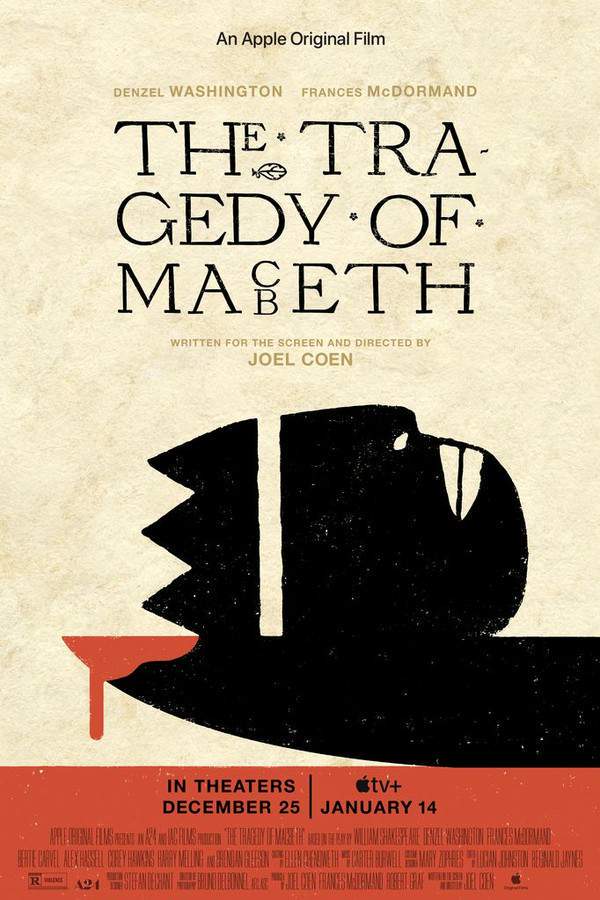
The Tragedy of Macbeth
A ruthless exploration of power and its corrosive effects, Joel Coen's "The Tragedy of Macbeth" unfolds as a gripping tapestry of violence, paranoia, and descent into darkness.
Warning: spoilers below!
Haven’t seen The Tragedy of Macbeth yet? This summary contains major spoilers. Bookmark the page, watch the movie, and come back for the full breakdown. If you're ready, scroll on and relive the story!
The Tragedy of Macbeth (2021) – Full Plot Summary & Ending Explained
Read the complete plot breakdown of The Tragedy of Macbeth (2021), including all key story events, major twists, and the ending explained in detail. Discover what really happened—and what it all means.
Macbeth and Banquo return victorious from battle, having defeated the traitorous Thane of Cawdor. Their success draws the attention of three witches on the battlefield, who greet Macbeth with bizarre prophecies: he is destined to rise from the Thane of Glamis to Thane of Cawdor, ultimately claiming the crown. They also foretell that Banquo will be the ancestor of a line of kings. Following this revelation, King Duncan orders the Thane of Ross to execute Cawdor and bestow the title upon Macbeth.
As Macbeth learns that Duncan has named his son Malcolm as the Prince of Cumberland, he feels a mounting sense of alarm; this development poses a significant obstacle to his ambition for the throne. Unable to contain his excitement, Macbeth writes to Lady Macbeth about the witches’ predictions. When Duncan plans a visit to Macbeth’s castle, Lady Macbeth persuades her husband to carry out a heinous act—regicide. She intoxicants the King’s guards, and in a moment of hesitation, Macbeth ultimately succumbs to her pressure and commits the murder. The next morning, Macduff, the Thane of Fife, uncovers the gruesome scene, while Macbeth deceptively kills the sleeping guards to erase his involvement. Fearing for his life’s safety, Malcolm flees to England, leaving Macbeth to ascend as the new King.
Haunted by the prophecy concerning Banquo, Macbeth devises a plot to eliminate him and his son, Fleance. Macbeth’s hired killers successfully murder Banquo, though Fleance manages to escape, leading to a tense chase orchestrated by the character of Ross, who plays a critical role as the Third Murderer.
As time passes, Macbeth grows increasingly paranoid and tyrannical. During a royal feast, he experiences a disturbing hallucination, confronting Banquo’s ghost while embarrassing himself before the court. Lady Macbeth intervenes, dismissing the guests and seeking to sedate her husband. During one of Macbeth’s trances, the witches reappear, presenting chilling visions: they caution him about Macduff, inform him that he will reign until Great Birnam Wood moves to Dunsinane Hill, and assert that he cannot be harmed by anyone born of a woman. In response, Macbeth orders the annihilation of Macduff’s entire family, although Macduff himself has escaped to England.
Meanwhile, Lady Macbeth is tormented by guilt, leading her into a downward spiral that culminates in sleepwalking and madness. Ross discreetly visits England to inform Macduff of his family’s tragic fate, igniting a fire of vengeance within him. In a bid to rally forces, Malcolm enlists help from the English, and they camouflage themselves with branches from Birnam Wood, fulfilling the prophecy as they march toward Macbeth’s fortress at Dunsinane.
In the midst of her turmoil, Lady Macbeth meets her tragic end, deepening Macbeth’s despair. Yet, he remains firmly convinced of his own invulnerability. The inevitable clash occurs when Macduff confronts Macbeth, declaring himself not born of a woman but “untimely ripped” from his mother’s womb. Initially resistant, Macbeth eventually accepts the challenge. In their duel, Macduff prevails, and in a pivotal moment, beheads Macbeth, bringing the final prophecy to fruition.
With Macbeth defeated, Malcolm is declared the new King of Scotland, while Fleance, having survived the turmoil, is secretly whisked away by Ross, suggesting a future beyond the tragedy that has unfolded.
Last Updated: November 15, 2024 at 20:00
Ending Explained – What Happens at the End of The Tragedy of Macbeth?
Still wondering what the ending of The Tragedy of Macbeth (2021) really means? Here’s a spoiler-heavy breakdown of the final scene, major twists, and the deeper themes that shape the film’s conclusion.
The ending of The Tragedy of Macbeth is notably different from the traditional Shakespeare finale, mainly due to a new, wordless scene that leaves the story open-ended and more ambiguous. In the film, it is revealed that Fleance, Banquo’s son who was supposed to be dead after Macbeth’s murderous plot, is actually alive and hidden in the countryside by Ross. This detail is significant because, in Shakespeare’s original play and many adaptations, Fleance’s survival signifies a potential future threat to Macbeth’s throne, but his fate after that remains uncertain. Here, Ross is portrayed as a morally complex character, and his involvement hints that Fleance isn’t just fleeing but may be hidden away deliberately for his own purposes.
This subtle change shifts the tone of the story from a traditional tragedy ending with the restoration of order—Malcolm taking the throne after Macbeth’s death—to a darker, more unsettled future. With King Duncan’s death and Malcolm’s claiming of the throne, Shakespeare’s version offers hope for stability, emphasizing renewal and justice. However, Coen’s adaptation complicates this. By making Ross a sneaking conspirator and visually introducing a swarm of ravens over the closing shot, the film suggests that the struggle for power will not end peacefully. The fact that Fleance survives and is secretly protected indicates that a new cycle of chaos and violent power struggles is imminent, foreshadowing more conflict to come. This ending leaves viewers with a sense of uncertainty and cynicism, implying that the violence and treachery of Macbeth’s world are far from over, and peace might never truly be restored. In this way, Coen’s version offers a more nihilistic view of the story, where the cycle of violence continues unabated.
Last Updated: June 25, 2025 at 08:57
Explore Movie Threads
Discover curated groups of movies connected by mood, themes, and story style. Browse collections built around emotion, atmosphere, and narrative focus to easily find films that match what you feel like watching right now.
Paranoid thrillers with tragic downfalls like The Tragedy of Macbeth
Stories where characters are consumed by their own ambition and guilt.If you liked the oppressive, paranoid atmosphere of The Tragedy of Macbeth, this selection features movies with a similar descent into madness. These stories explore characters consumed by ambition, guilt, and psychological torment, resulting in bleak, haunting conclusions.
Narrative Summary
The narrative pattern in these films follows a central character's fatal flaw—often ambition or greed—as it leads them down a path of moral compromise. Their initial actions trigger a chain reaction of paranoia, guilt, and psychological disintegration, culminating in a bleak and isolating conclusion.
Why These Movies?
Movies are grouped here for their shared focus on a claustrophobic, psychological descent. They share a dark tone, high emotional weight, and a steady pacing that allows the dread to build. The central theme of a character being destroyed from within by their own actions creates a cohesive, intense experience.
Political dramas about power and betrayal like The Tragedy of Macbeth
Narratives of ruthless ambition and the corrosive nature of power.For viewers who enjoyed the themes of power and betrayal in The Tragedy of Macbeth, this list features similar historical and political dramas. These movies focus on ruthless ambition, moral decay, and the tragic consequences of political murder and tyranny.
Narrative Summary
These narratives typically unfold in a political or royal court setting, where a character's ambition drives them to commit treason or murder to seize power. The story then follows the corrosive effects of this power, the paranoia of maintaining it, and the inevitable rebellion or downfall that follows, often influenced by fate or prophecy.
Why These Movies?
These films are connected by their core thematic exploration of power's corrupting influence. They share a dark tone, high intensity, and a focus on political intrigue, betrayal, and the psychological weight of leadership gained through violent means. The setting and high-stakes conflict create a consistent, gripping vibe.
Unlock the Full Story of The Tragedy of Macbeth
Don't stop at just watching — explore The Tragedy of Macbeth in full detail. From the complete plot summary and scene-by-scene timeline to character breakdowns, thematic analysis, and a deep dive into the ending — every page helps you truly understand what The Tragedy of Macbeth is all about. Plus, discover what's next after the movie.
The Tragedy of Macbeth Timeline
Track the full timeline of The Tragedy of Macbeth with every major event arranged chronologically. Perfect for decoding non-linear storytelling, flashbacks, or parallel narratives with a clear scene-by-scene breakdown.

Characters, Settings & Themes in The Tragedy of Macbeth
Discover the characters, locations, and core themes that shape The Tragedy of Macbeth. Get insights into symbolic elements, setting significance, and deeper narrative meaning — ideal for thematic analysis and movie breakdowns.

The Tragedy of Macbeth Ending Explained
What really happened at the end of The Tragedy of Macbeth? This detailed ending explained page breaks down final scenes, hidden clues, and alternate interpretations with expert analysis and viewer theories.

The Tragedy of Macbeth Spoiler-Free Summary
Get a quick, spoiler-free overview of The Tragedy of Macbeth that covers the main plot points and key details without revealing any major twists or spoilers. Perfect for those who want to know what to expect before diving in.

More About The Tragedy of Macbeth
Visit What's After the Movie to explore more about The Tragedy of Macbeth: box office results, cast and crew info, production details, post-credit scenes, and external links — all in one place for movie fans and researchers.

Similar Movies to The Tragedy of Macbeth
Discover movies like The Tragedy of Macbeth that share similar genres, themes, and storytelling elements. Whether you’re drawn to the atmosphere, character arcs, or plot structure, these curated recommendations will help you explore more films you’ll love.
Explore More About Movie The Tragedy of Macbeth
The Tragedy of Macbeth (2021) Scene-by-Scene Movie Timeline
The Tragedy of Macbeth (2021) Movie Characters, Themes & Settings
The Tragedy of Macbeth (2021) Ending Explained & Theories
The Tragedy of Macbeth (2021) Spoiler-Free Summary & Key Flow
Movies Like The Tragedy of Macbeth – Similar Titles You’ll Enjoy
Macbeth (2015) Full Summary & Key Details
Stratford Festival: Macbeth (2017) Detailed Story Recap
National Theatre Live: Macbeth (2018) Plot Summary & Ending Explained
Makibefo (2001) Film Overview & Timeline
Macbeth (1982) Story Summary & Characters
Macbeth (1981) Film Overview & Timeline
Macbeth (1987) Full Summary & Key Details
Macbeth (1983) Complete Plot Breakdown
Macbeth (1979) Ending Explained & Film Insights
Throne of Blood (1957) Full Summary & Key Details
Macbeth (1971) Movie Recap & Themes
Macbeth (1948) Detailed Story Recap
Macbeth (1971) Spoiler-Packed Plot Recap
Macbeth (1998) Plot Summary & Ending Explained
Macbeth (1997) Complete Plot Breakdown



